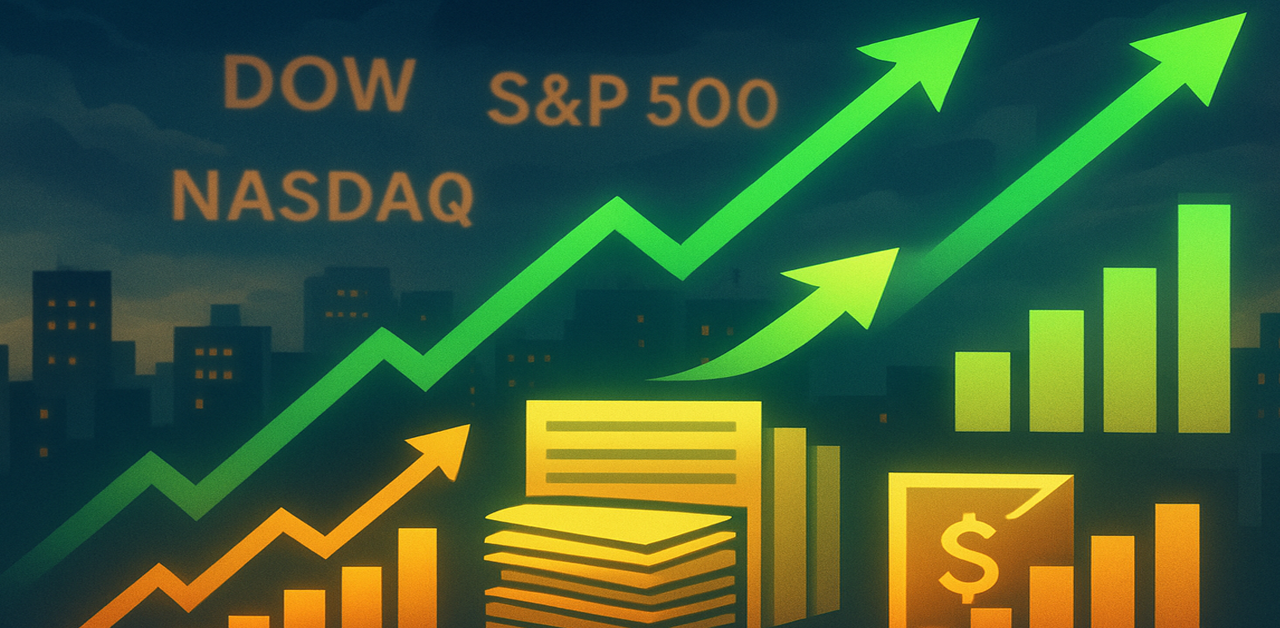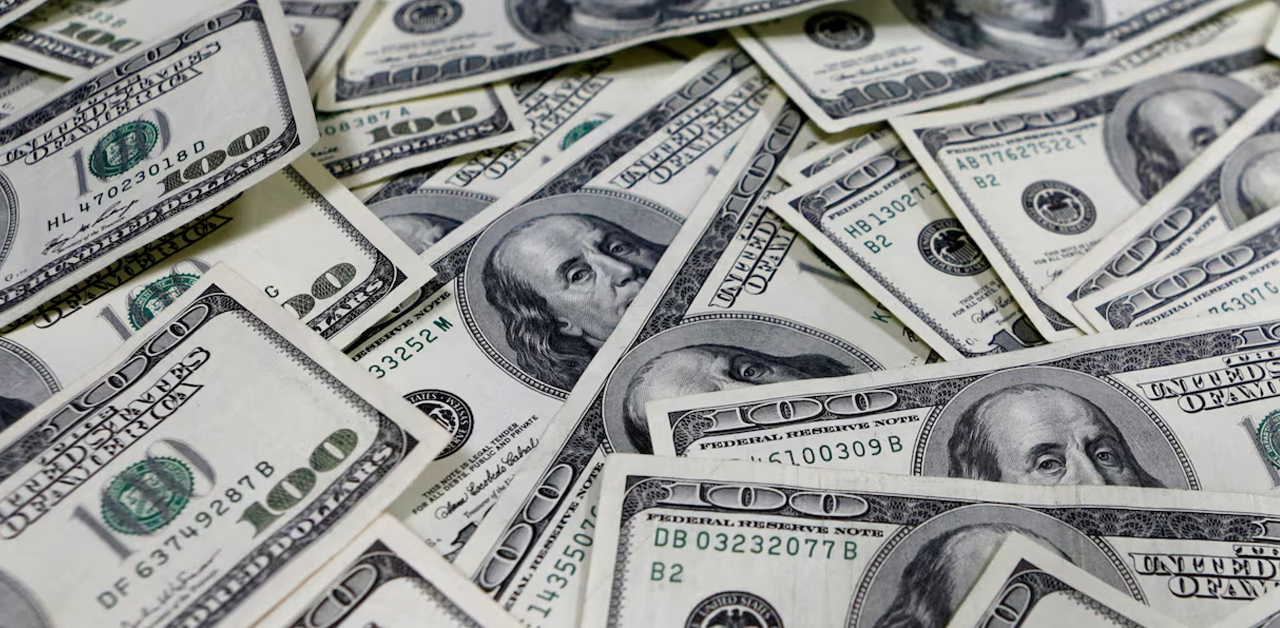Stocks drop in a dramatic reversal earlier in the session; the Nasdaq is down 5%
US equities fell on Thursday, giving back gains made on Wall Street the day before, as traders continued to mull over the Federal Reserve’s latest monetary policy decision. The S&P 500, Dow, and NASDAQ all fell precipitously. Tech stocks underperformed, with the NASDAQ dropping 5% in its lowest day since June 2020. The Dow fell almost 1,000 points, or 3.1 percent, to close at 32,997.97. The blue-chip index had risen 2.99 percent in a single session the day before, its highest single-session advance since May 2020. The NASDAQ Composite gained 3.2 percent, while the Dow gained almost 900 points, or 2.8 percent.
The actions followed the Federal Reserve’s first half-point rate boost since 2000, as the central bank took a significant step to confront inflation, which is now running at its highest levels in 40 years. The central bank also announced intentions to begin removing assets from its $9 trillion balance sheet on June 1. The announced rate of balance sheet reduction roughly corresponded to Wall Street’s estimates before to Wednesday’s Fed announcement.
“The stock market selloff on Thursday shows that Wednesday’s post-FOMC market action was a relief rally. We’re still not out of the woods, since there’s too much uncertainty about how the Federal Reserve’s activities can lower inflation without precipitating a recession “Carbon Collective’s chief investment officer, Zach Stein, said in an email on Thursday.”The issues that prompted the recent stock market drop, including as inflation, the Russia-Ukraine conflict, and increasing oil costs, are still with us and have not been resolved.”
However, Fed Chair Jerome Powell said at his press conference on Wednesday that the central bank was not actively considering plans to raise interest rates by 75 basis points in the near future. Stocks rose immediately after those statements, with many investors relieved that the Fed was unlikely to boost interest rates much further in the coming months. Some felt that such a move would be too harsh on an economy that was already exhibiting symptoms of weakening. Nonetheless, Powell stated that there is a “widespread view within the committee that more 50 basis point hikes should be on the table at the next couple of sessions.”
“I think what happened yesterday was that sentiment became so one-sided, really concerned about an overly hawkish Fed, that it became so one-sided, so one-sided, so one-sided, so one-sided, so one-sided, so one-sided, so one “Truist’s chief market strategist, Keith Lerner, told Yahoo Finance Live on Thursday morning. “And a little bit of good news went a long way when Powell effectively said that 75 basis points aren’t being considered right now. “I continue to believe that the dispute about when inflation will peak and how rapidly it will fall will add volatility.”
Even in the absence of giant 75-basis-point rate hikes, the Fed’s path toward raising interest rates from ultra-low levels and embarking on quantitative tightening poses a risk to economic growth, as markets have grown accustomed to the central bank’s accommodative monetary policies during the pandemic. Powell himself stated that there will be some trade-off between lowering inflation and preserving economic growth.”There may be some pain involved with returning to that, but the real agony is in failing to deal with inflation and allowing it to get entrenched,” Powell said at his news conference.
“All policy decisions have negative implications, which presumably are muted and less severe than the issue being addressed, and presently that issue is inflation,” Rick Rieder, BlackRock’s chief investment officer of global fixed income, wrote in an email Wednesday. “The repercussions of policy tightening include the possibility of a recession, the loss of jobs and wages, and plainly tougher financial conditions that will impact on nearly all financial markets.
“Many factors are beyond the Fed’s control (supply chain disruptions and geopolitics, for example), but we’ll be watching closely to see how the Fed’s tightening of financial conditions affects the broader economy and employment levels, which are very firm today but can clearly soften alongside aggressive inflation-fighting monetary policy,”











